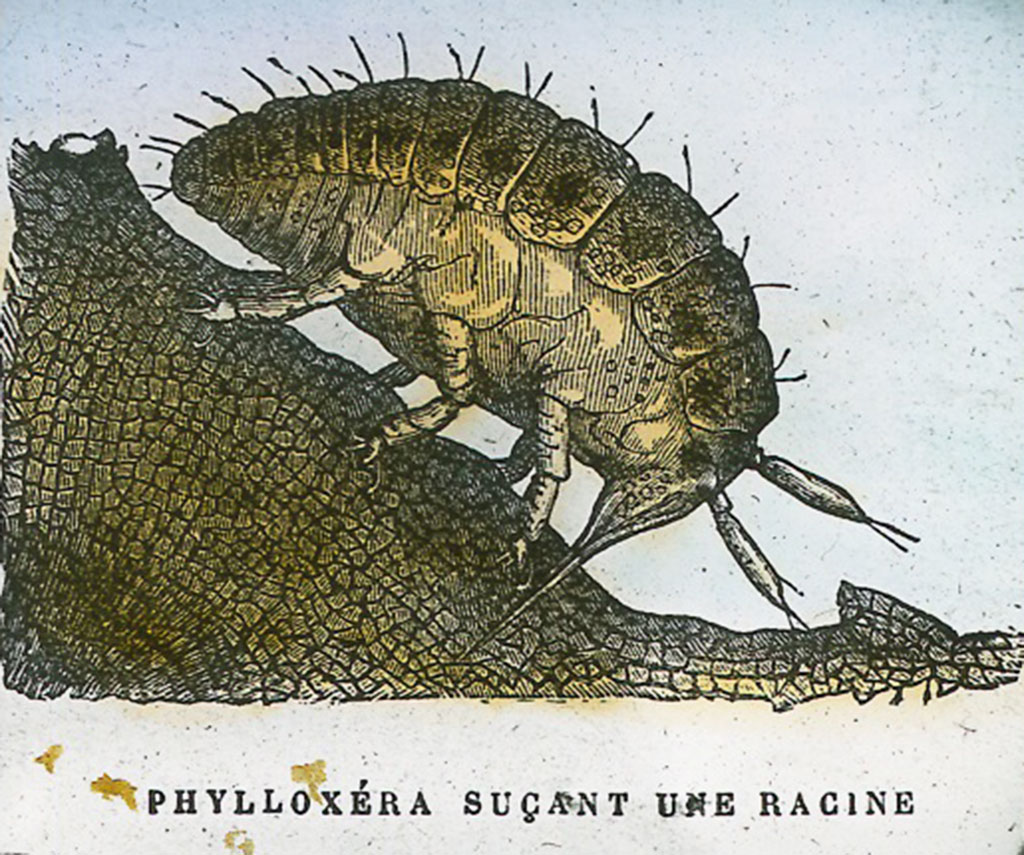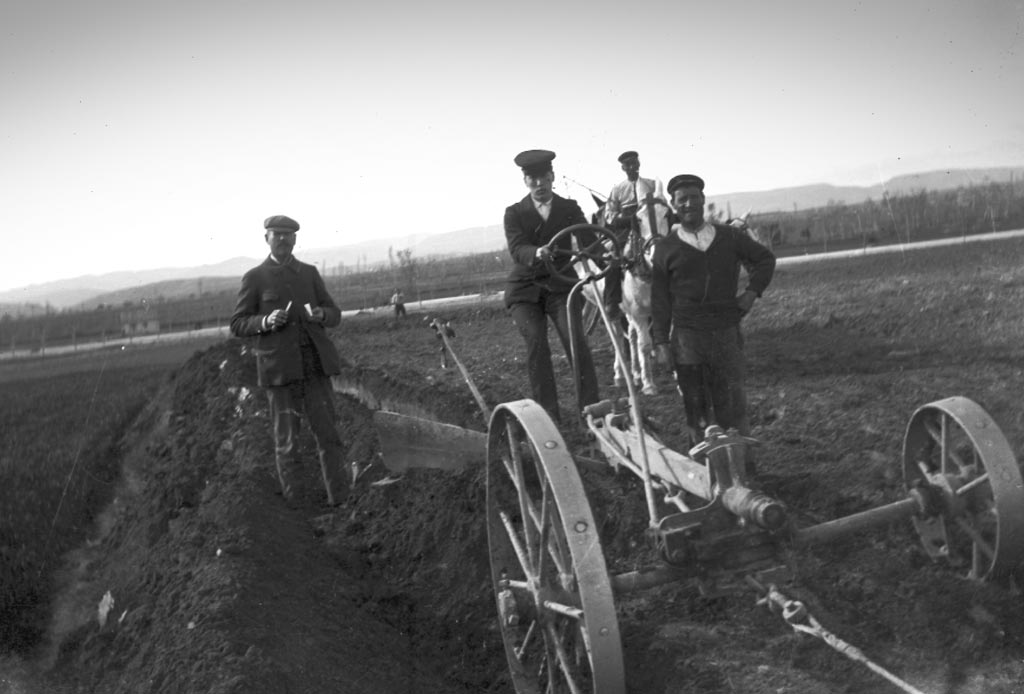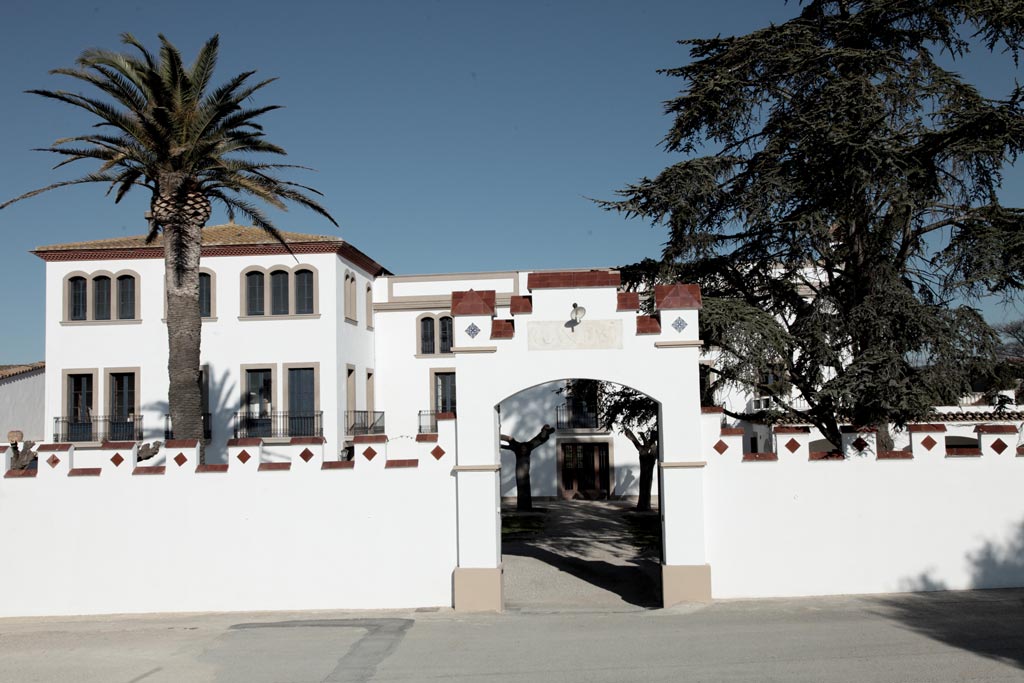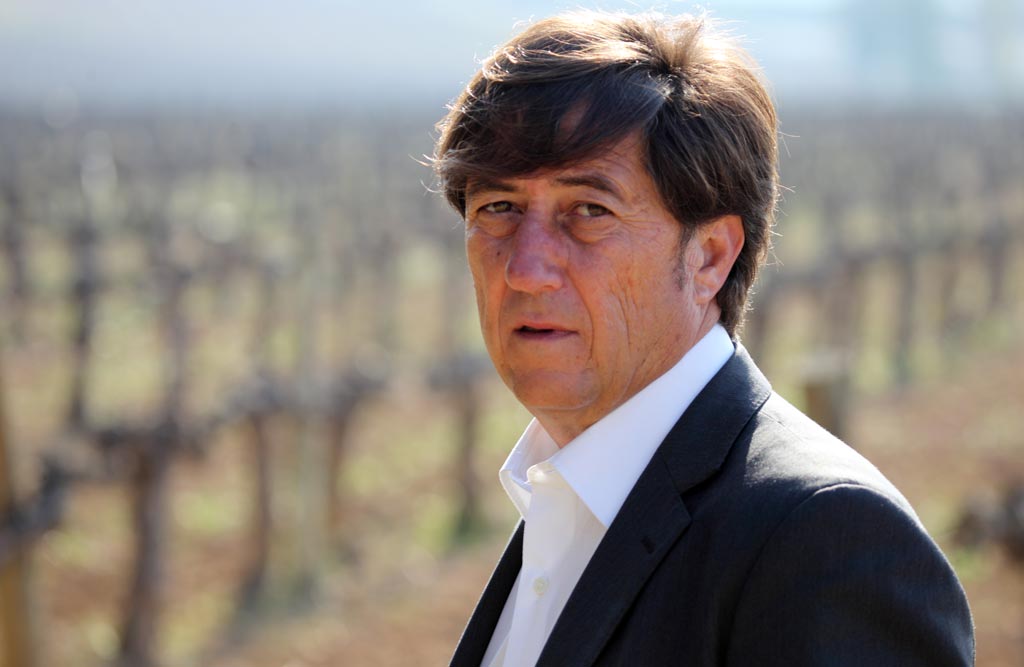1890-1900
The hammer blow

On their return from Barcelona, the owners of Can Bas remark how much has changed in the city; now Barcelona is much more beautiful and has a new modern district; the International Exhibition of 1888 has transformed the appearance of the city, and some highly distinctive buildings are going up in a new style known as “modernisme” (Art Nouveau), of which the architect Gaudí is the leader.
But the owners of Can Bas come back stricken from Barcelona. What was just a rumour has been confirmed: the plague of phylloxera is advancing fast and nothing can be done to stop it. It has already destroyed many of the vineyards in Europe, has spread to Catalonia and in the Penedès growers fear the worst.
And in fact, in eight years phylloxera destroyed nearly 400,000 hectares of vineyards in the Penedès. Can Bas was not spared the disaster. The only vines to survive were those planted in sandy soils or on plots hidden amid the woods, like L’Anciana and La Secreta, which have survived to the present day.
1900-1912
Starting from zero

But nothing and nobody could ever break the spirit of the people of Can Bas. And if they had to move on and start again, so be it! The old dead vines were uprooted and new ones were planted, grafted onto American rootstock that was immune to the effects of phylloxera. Many native grape varieties disappeared in the plague, but others adapted well to the new American rootstock, like Xarel·lo, Macabeu and Parellada. These varieties are ideal for making the cava that had recently come into fashion among the well-to-do in Catalonia. The great-grandfather of Pere Ventura – the current owner of Can Bas – was one of the pioneers in introducing the méthode champenoise in the region.
1913
The sober nobility of the country house

The insistent ringing of the church bell at Sant Joan de Salerm heralds the big day. Work on the country house is complete and, after a mass, the snow-white new frontage of the house is blessed. After all that has happened, Can Bas seems not only to have risen from the ashes, but after the renovation work the big house has taken on a noble air. Its general appearance has the sobriety typical of Mediterranean country houses, but both the ground plan and the details reveal the influence of the great wine-making chateaux of nearby France. Can Bas takes on the challenges of wine-making in the 20th century with its head held high.
2011
The spirit of Pere Ventura

The spirit of Pere Ventura dominates Can Bas, infusing it with his energy and outlook. The new owner wants the past that has lain sleeping for so long in the memory of Can Bas to illuminate the present. But as a man of his time, Pere Ventura realises that wine-growing and wine-making must meet today’s demands. Consequently, he is committed to making excellence the standard of his single-estate and single-terroir wines; recognition and respect for farming work must be the norm to assure the quality of the landscape, wine-growing and wines of Can Bas; and with his gaze set firmly on the future, Pere Ventura works in accordance with painstaking sustainability and environmental protection criteria. For Pere Ventura, Can Bas is Can Bas, now and forever.